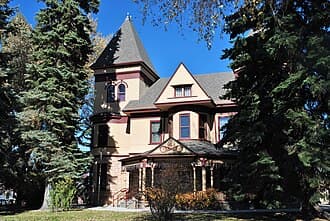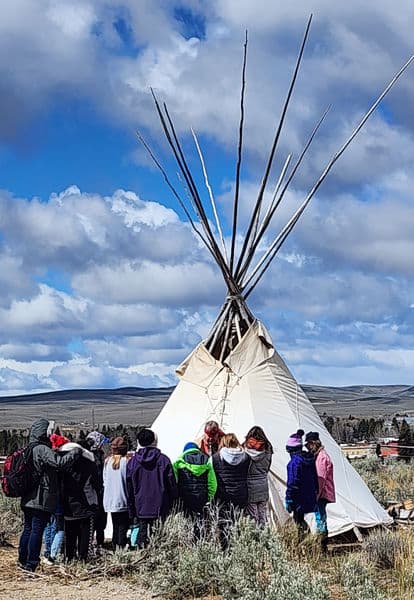Albany County Fairgrounds Serves as Hub for Events, Community Resources
The Albany County Fairgrounds at 3510 South Third Street in Laramie functions as the county's primary large event venue, hosting the annual fair, 4 H contests, horse and livestock shows, community expos and numerous rentals. County maintained online resources provide contact information, camper and rental details, committee openings and links for event proposals and bookings, information that matters to residents planning events or seeking services and to families who rely on fairground programs.

The Albany County Fairgrounds is central to community life in Albany County, offering spaces for agricultural showcases, youth development programs and public gatherings. Located at 3510 South Third Street in Laramie, the facility supports the annual Albany County Fair along with regular 4 H contests, horse and livestock shows, community expos and a steady calendar of rentals that draw residents and visitors alike.
The county maintains a webpage for the fairgrounds that provides practical information for event planners and families. The page lists contact information, camper and rental details, committee openings and direct links for event proposals and bookings. That online hub serves as a single point of contact for those seeking schedules, facility rules and the steps required to reserve space, which simplifies planning for schools, nonprofit organizations and small businesses.
Large gatherings at the fairgrounds carry important public health implications. Events that draw crowds or involve food service and animal handling require coordinated sanitation, food safety oversight and clear animal health protocols to reduce risks of foodborne illness and zoonotic disease. The site also plays a role in local emergency preparedness. Its capacity to host large numbers makes it a potential location for community health services such as vaccination clinics or emergency sheltering, provided there is investment in appropriate staffing and infrastructure.
Access and equity are central to the fairgrounds role in the community. Programs like 4 H are critical for youth development, yet families with limited resources may face barriers in participating due to rental fees, camper costs or transportation challenges. Committee openings posted by the county offer a route for residents to influence how the facility is run and to advocate for sliding scale fees, scholarship programs or stronger public transportation links to events. Ensuring that committee recruitment reaches underrepresented communities will be key to making management decisions more inclusive.
The fairgrounds also contribute to the local economy by drawing visitors for events that support vendors, agricultural exhibitors and service providers. That economic benefit must be balanced with investments in maintenance and public health safeguards. County oversight of bookings and event proposals is an opportunity to enforce safety standards while promoting equitable access.
For Albany County residents, the fairgrounds page is a practical resource for organizing events, signing up for competitions and understanding how to engage with facility governance. As the community plans future gatherings, attention to public health protocols, inclusive access and transparent policy making will shape whether the fairgrounds continues to be a safe and welcoming hub for all residents.


